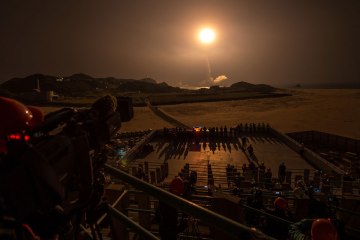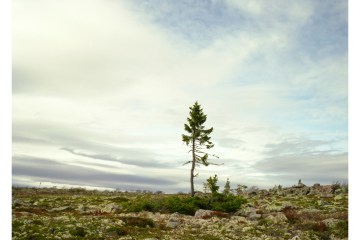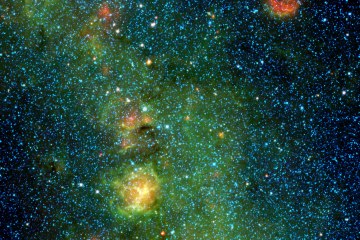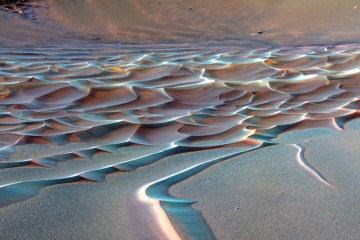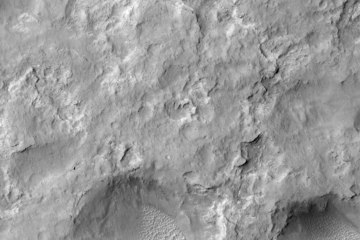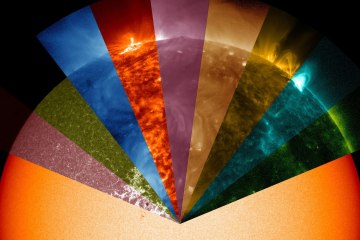Neil Armstrong’s footprints outlived Neil Armstrong. He was aware that would be the case, of course, long before he became the first human being to set foot on the moon on July 20, 1969. He died 43 years, one month and five days later, in the summer of 2012 at age 82—a good long run but nothing like those footprints’.
Armstrong’s prints—and those of his fellow moonwalker, Buzz Aldrin—owe their longevity to the fact that they were made on a world with no wind, rain or other atmospheric forces to muss them even a little. That’s what made it possible for the entire Apollo 11 landing site to be photographed in its pristine state by the Lunar Reconnaissance Orbiter (LRO) in the spring of 2012, from just 15 mi. (24 km) above the surface. All six Apollo landing sites were photographed the same way, with the reflective descent stage of the Lunar Module their most brightly visible feature, along with the scattering of instruments the astronauts deployed, and the random, cursive scrawl of tracks—humanity’s signature on another world—variously produced by feet, hand trolleys and motorized rovers.
The moon isn’t the only cosmic exploration site being photographed from on high. The Mars Reconnaissance Orbiter (MRO)—close technological kin to the LRO—is doing the same work during its ongoing orbits of the Red Planet. In that case, however, the satellite isn’t surveying long-dormant sites, but ones at which work is being done right now, as the Curiosity rover, which landed on Mars in the summer of 2012, goes about its explorations.
None of the pictures, from either the Moon or Mars, has anywhere near the richness of close-up, high-def photos taken from the surface. But all of them offer something else—a sense of scale, a sense of context, a sense of the enormity of the places our little machines are exploring and the improbability of the fact that they’re there at all. The landing sites are, in a sense, archaeological sites—human settlements like any other. That alone makes them beautiful. —Jeffrey Kluger

